In case you wondered if JPEG 2000 is still in use, the answer is a resounding yes. A recent Cloudinary post sheds light on JPEG 2000’s format’s usability and the reasons why it’s not as widely adopted as other formats, such as JPEG, PNG, and GIF. This article elaborates in depth the pros and cons of JPEG 2000 in relation to seven common image formats.

I was first introduced to A Second U Foundation through a social post by a dear friend who works for Bombas, which happens to be a Cloudinary customer, and as I came to learn, a corporate supporter of the Foundation.
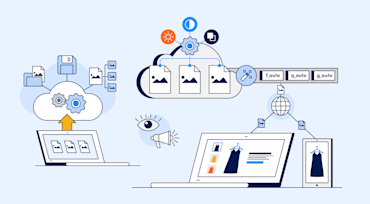
User-generated content (UGC) can take many forms, the two main ones being images and videos. Part 1 of this series explains the basics of UGC and its benefits to e-commerce. Here in part 2, we’ll show you how to take advantage of UGC images in e-commerce and to upload, transform, and deliver them fast and seamlessly with Cloudinary.

Even though most people agree that testing software UI is important, many believe that automated tests are slow and unstable. Consequently, many technology companies prefer manual testing. I'll convince you otherwise in this post: even though automating UI tests and ensuring that they are fast and reliable is tough to accomplish, it’s definitely doable.
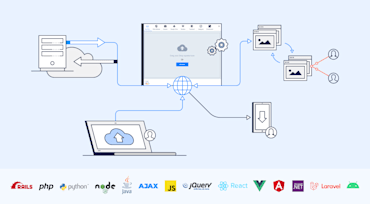
As computer users, we constantly upload files, transferring them from one system to another over a network. You can perform uploads on a terminal, such as through the SSH File Transfer Protocol (SFTP) or Secure Copy Protocol (SCP), File Transfer Protocol (FTP) clients, or web browsers. Generally, you upload files to move data to a server or a managed service like cloud storage, but you can also send files between distributed clients.
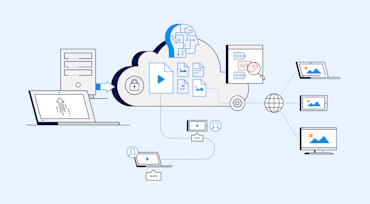
At a Cloudinary-sponsored webinar held in July, Russ Barr, director of digital asset management (DAM) at Cloudinary; and Mark Katzin, VP of creative services at Straub Collaborative, elaborated on how to accelerate media workflow with modern DAM solutions. In particular, they delved into the latest DAM trends and integrations. Below is a roundup of those two topics.

These days, e-commerce websites are trending clean and sleek, almost always spotlighting high-quality product photos with a flat-white, solid-color, or transparent background. Many practical and well-validated reasons support this choice, making it clear that this is no passing fad. This graphic illustrates a few of them:
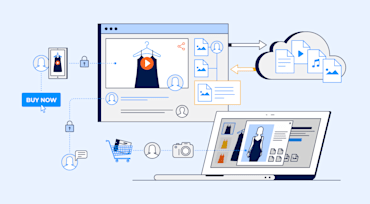
User-generated content (UGC), aka user-created content (UCC), is material—images, videos, audio, text—that is posted by online audiences at will, often on social media. Such content frequently and indirectly promotes products and services for the organizations concerned, lending more credibility than conventional advertisements.
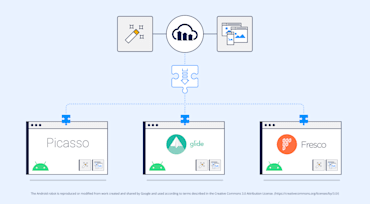
Adding code to display an image in your application is one of the most common tasks for almost every application developer. However, when it comes to Android applications, there is no inbuilt support for any image related tasks, which could be a potential pain when Android developers need to handle loading (and reloading) images into the view, handling the caching and memory issues, and supporting simple UI functionality.
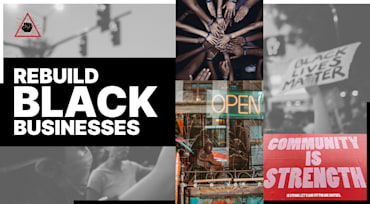
For this post, Cloudinary developer advocate and Rebuild Black Business volunteer, Domitrius Clark sat down with RBB founder Justin Samuels to discuss how the site came to be, its mission, and what the future might hold when developers for good come together for the cause.
